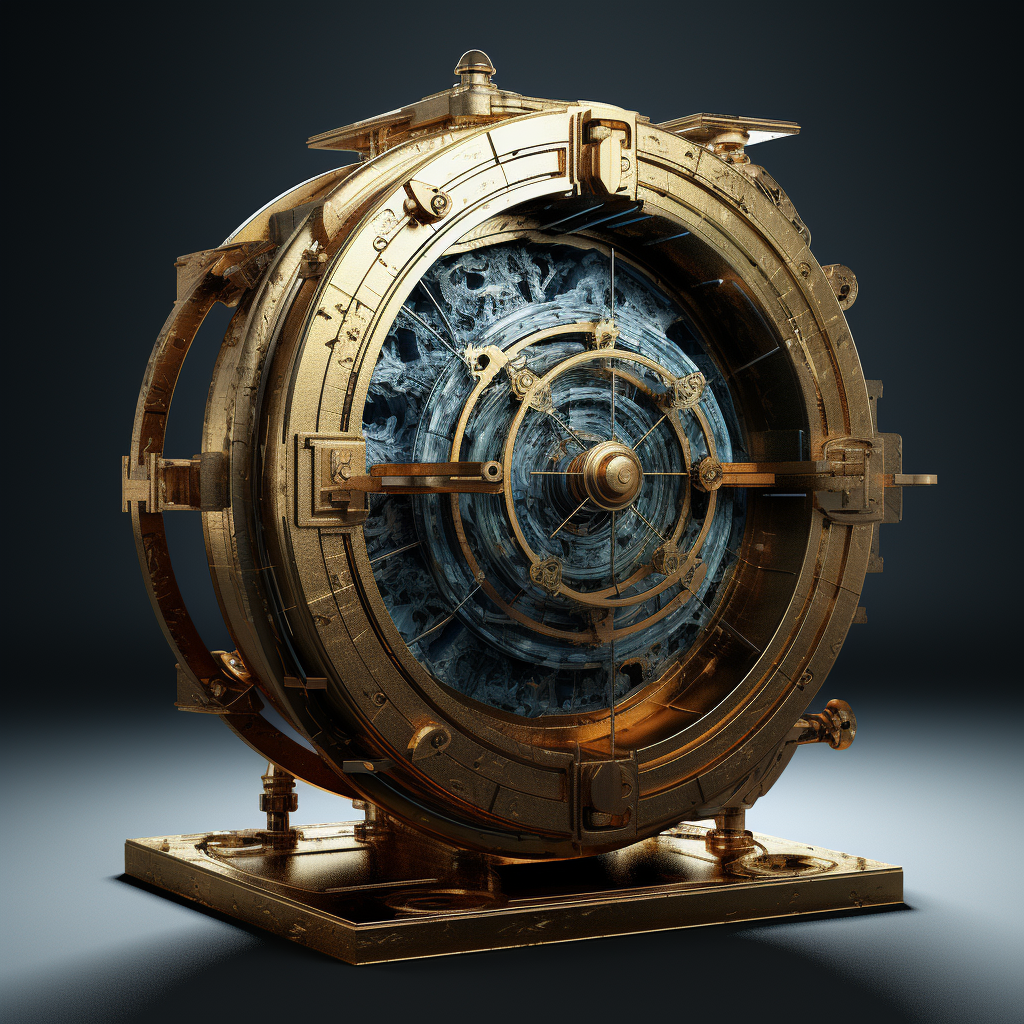
The Antikythera mechanism, often considered the world’s first analog computer, is a historical and technological marvel. It is a testament to the advanced nature of ancient knowledge and ingenuity that it still captivates researchers and history enthusiasts alike. This article will delve into the fascinating intricacies of this artifact and unravel the possibility of its existence.
The Enigmatic Discovery
The story of the Antikythera mechanism starts with its serendipitous discovery in 1901, amid the wreckage of an ancient Roman ship off the Greek island of Antikythera. Although initially overshadowed by other splendid artifacts such as statues and jewelry, it was this corroded piece of bronze that would astound the scientific world.
The Intricate Design
The Antikythera mechanism is a complex system of over 30 interlocking bronze gears contained in a wooden box. It consists of multiple dials and hands, with inscriptions covering its surfaces. These features suggest that the mechanism was not merely a timekeeping device but a sophisticated instrument used to predict astronomical positions and eclipses decades in advance.
Decoding its Functionality
Modern examinations using technologies like X-ray and 3D modeling have offered detailed insights into its functioning. It was found that turning a hand crank would move the gears and cause the dials to display the movement of the sun, moon, and other celestial bodies.
A Remarkable Astronomical Device
The complexity and accuracy of the Antikythera mechanism are astonishing. The device incorporates the Metonic cycle (a 19-year cycle used to predict eclipses), the Callippic cycle (a 76-year cycle that improves the accuracy of the Metonic cycle), and even the Saros cycle (an 18-year, 11-day period which can predict when eclipse will occur) and the Exeligmos cycle (a 54-year cycle correcting the Saros cycle).
The Mystery of its Origin
Several theories circulate around the mechanism’s origin. Some researchers link it to renowned ancient inventor Archimedes, but this has been largely dismissed due to the timing of his death. Another theory suggests the island of Rhodes, known for its tradition of astronomy and mechanics, as a potential place of origin.
A Testament to Ancient Knowledge
The Antikythera mechanism provides compelling evidence of the advanced technical knowledge and capabilities of the ancient Greeks. Its existence not only challenges our understanding of human history but also raises the intriguing question of whether more such devices existed.
The Enduring Enigma
Despite a century of study, the Antikythera mechanism still holds secrets. Who created it, how it was used, and how the knowledge to create such devices was lost remains a mystery. The story of the Antikythera mechanism serves as a tantalizing reminder of the human capacity for innovation and the mysteries the past still holds.
Conclusion
The Antikythera mechanism is a vivid example of the technological prowess of the ancients. This ancient ‘computer’ continues to astound us with its intricate design and sophisticated functionality. It pushes the boundaries of what we thought was possible in the ancient world, providing intriguing evidence that continues to fuel the fascination of scholars, scientists, and history enthusiasts alike. It indeed exemplifies the timeless adage, “The past is not what it used to be.”



